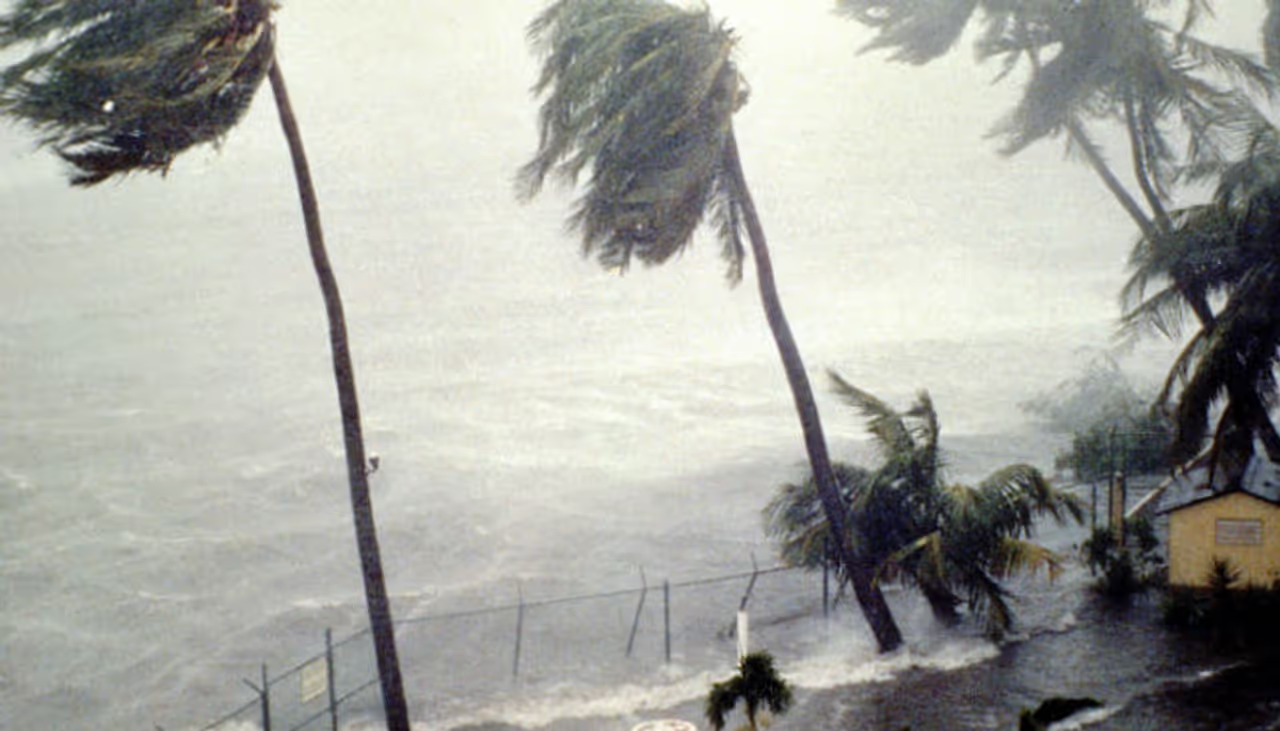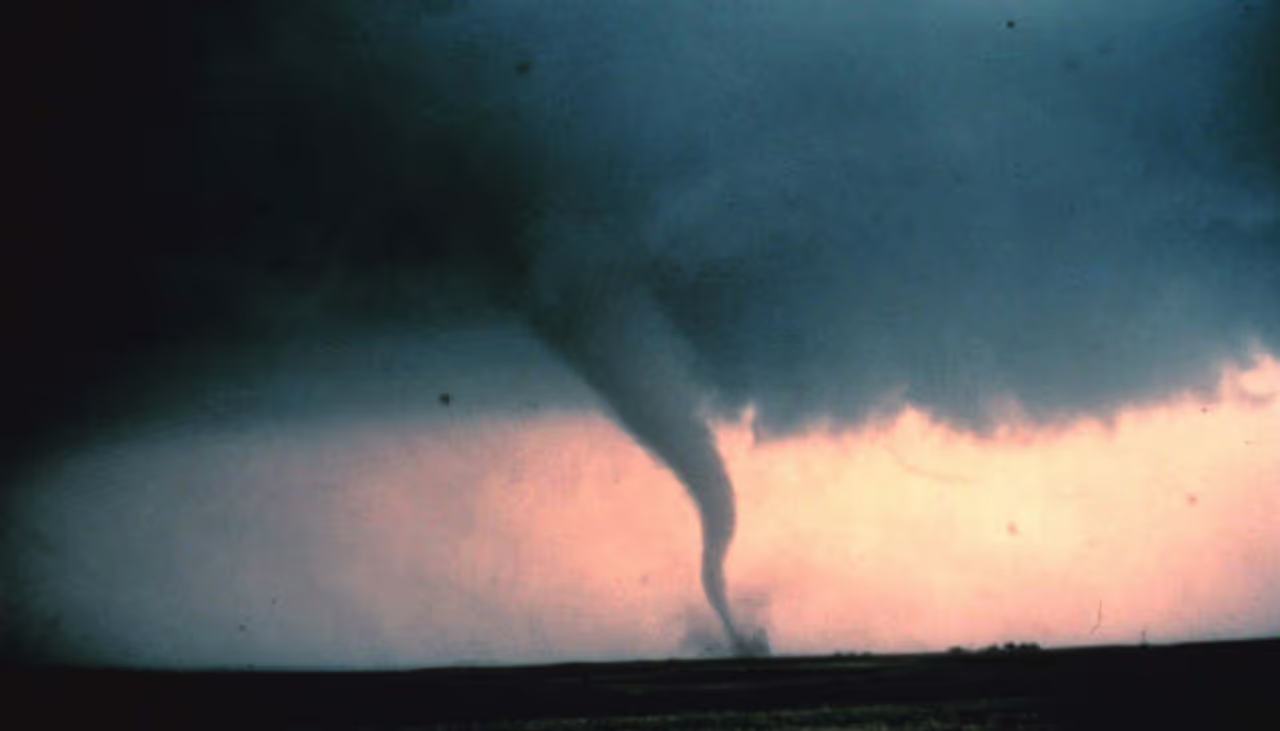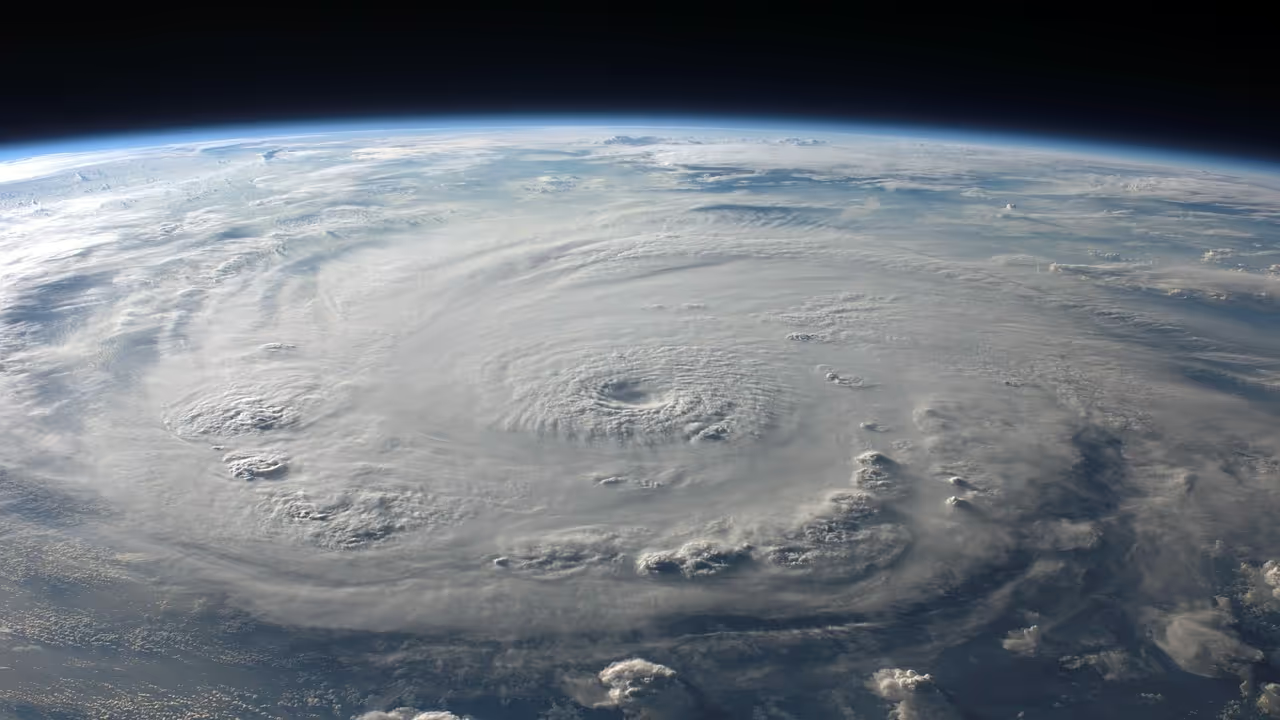Florence, to be more precise, is a tropical storm, which means it is a rapidly rotating storm system with a low-pressure centre and a spiral arrangement of thunderstorms capable of bringing heavy rain accompanied by strong winds
As Hurricane Florence is nearing landfall, people across the world are trying to understand the strength and characteristics of the "biggest storm ever".
What makes Florence a hurricane?
Florence, to be more precise, is a tropical storm, which means it is a rapidly rotating storm system with a low-pressure centre and a spiral arrangement of thunderstorms capable of bringing heavy rain accompanied by strong winds.
Hurricanes are tropical storms formed over the North Atlantic Ocean and Northeast Pacific.
Also, when a storm hits 119 kmph, it is reclassified as a hurricane.
How are hurricanes different from cyclones and typhoons?
To make it very simple, all these are tropical storms, but are named differently depending on where they are formed.
For instance, while tropical storms that are formed over the South Pacific and Indian Ocean are called cyclones, storms formed over the Northwest Pacific Ocean are called typhoons.

Where do tornadoes fit?
Tornadoes, or twisters are characterised by a funnel-shaped, rapidly-rotating air column.

Hurricane Florence’s strength
Hurricanes are categorised from 1 to 5 on the Saffir-Simpson Hurricane wind scale.
Category 1 hurricanes have winds ranging from 119 to 152 kmph and can be considered very dangerous.
The wind range of category 2 hurricanes varies from 154 and 177 kmph. These hurricanes are considered to be extremely dangerous and winds can cause 'extensive damage'. There is a bigger risk of injury or death.
Currently Hurricane Florence is considered a category 2 storm.
Category 3 hurricanes have winds ranging from 178 to 207 kmph and can cause 'devastating damage'.
Category 4 and 5 hurricanes have winds ranging from 178 to 207 kmph and from 209 to 251 kmph respectively. Both these storms are capable of causing 'catastrophic damage'.
